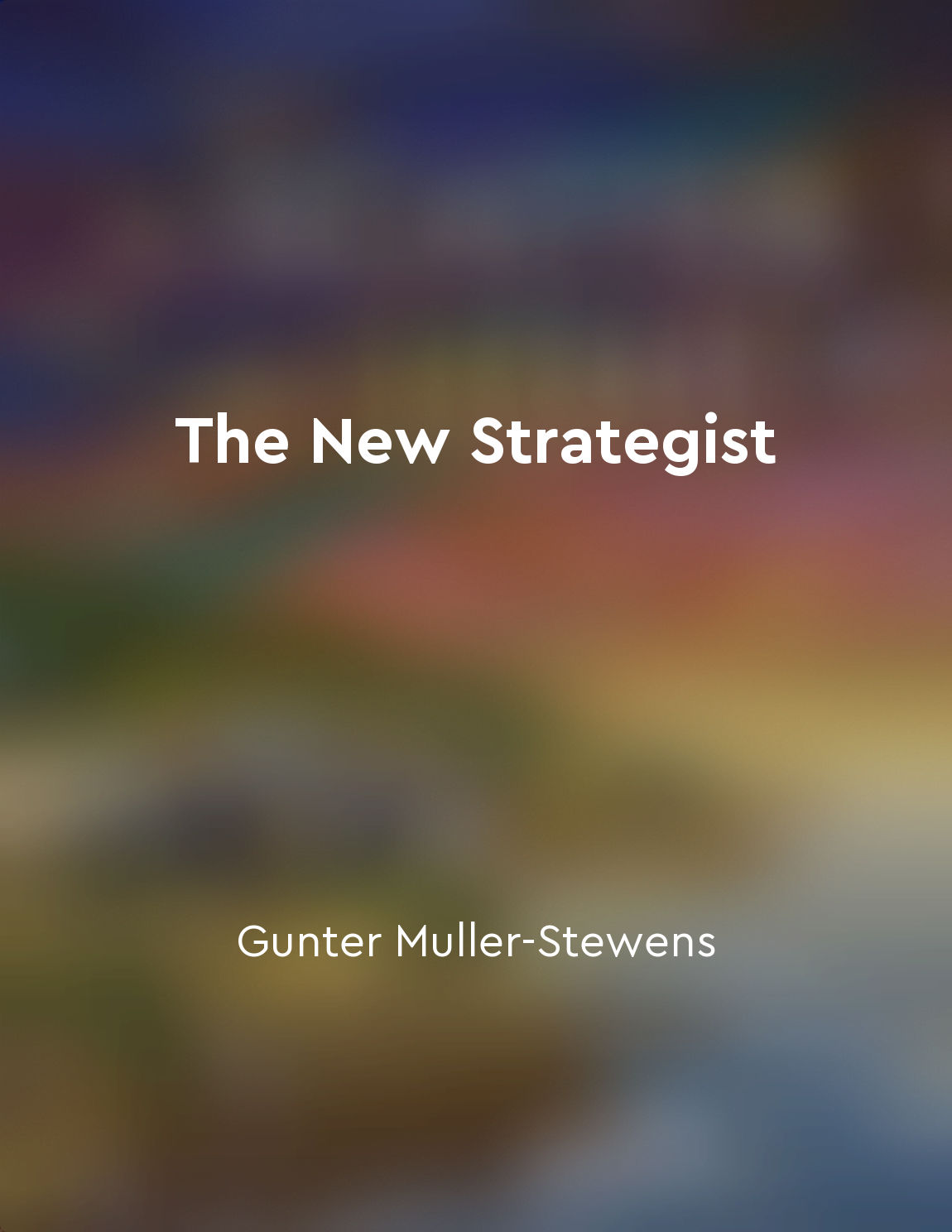Red Ocean markets are crowded, whereas Blue Oceans are untapped from "summary" of Blue Ocean Strategy, Expanded Edition by W. Chan Kim,Renée A. Mauborgne
Red oceans are known for their cutthroat competition, where companies fight for a share of existing market space. The market boundaries are defined, and the rules of the game are well understood by all players. As a result, competition becomes fierce, leading to a bloody "red ocean" of rivals fighting for the same customers and trying to outperform one another. In such markets, companies often engage in price wars, diminishing their profit margins and eroding their value proposition to customers. On the other hand, blue oceans represent markets that are unexplored and untapped. These are areas where demand is created rather than fought over. In blue oceans, companies have the opportunity to create new market space by offering innovative products or services that open up new customer segments. By focusing on differentiation and value innovation, companies can break away from the competition and create uncontested market space for themselves. The key difference between red oceans and blue oceans lies in the level of competition and market boundaries. Red oceans are crowded with competitors, making it difficult for companies to stand out and achieve sustainable growth. In contrast, blue oceans offer companies the chance to escape the confines of traditional market boundaries and create new opportunities for growth and profitability. To thrive in blue oceans, companies must shift their focus from competing with rivals to creating value for customers. By identifying unmet needs and unlocking new sources of value, companies can differentiate themselves and attract a wider customer base. This shift in mindset helps companies break away from the competition and chart their own course in uncontested market space.- The concept of red oceans and blue oceans highlights the importance of strategic thinking and innovation in today's competitive business landscape. By understanding the differences between these two types of markets, companies can make informed decisions about where to compete and how to create value for customers. Ultimately, the choice between red oceans and blue oceans can determine the success or failure of a company in the long run.
Similar Posts
Evaluate management's ability to allocate capital efficiently
To assess management's ability to allocate capital efficiently, investors need to look at how well a company deploys its resour...
Take a contrarian approach when necessary
In investing, one must be prepared to go against the grain when the situation calls for it. This means having the courage to ta...

Social Security is financially unsustainable
The current system of Social Security, as it stands today, is on an unsustainable path. The reason for this is simple: the numb...

Take risks and be daring
In a world filled with an endless sea of products and services, blending in is no longer an option. To truly stand out, one mus...

Strategic planning requires a holistic approach to problemsolving
To effectively engage in strategic planning, it is essential to adopt a comprehensive perspective when tackling complex issues....
Macroeconomics looks at the economy as a whole, focusing on factors like inflation and unemployment
Macroeconomics is a branch of economics that looks at the big picture - the economy as a whole. It focuses on factors that affe...
Public goods require government provision
Public goods are goods that are non-excludable and non-rivalrous. This means that once they are provided, everyone can benefit ...
Bad strategy lacks depth and critical thinking
Bad strategy is often recognized by its lack of depth and critical thinking. A bad strategy may contain a jumble of slogans and...
The Six Paths Framework helps companies explore new opportunities
The Six Paths Framework is a powerful tool that companies can use to discover new opportunities for growth and innovation. By l...
Successful companies often fail to adapt to disruptive technologies
Many successful companies eventually stumble when faced with disruptive technologies. This is because these companies are often...

